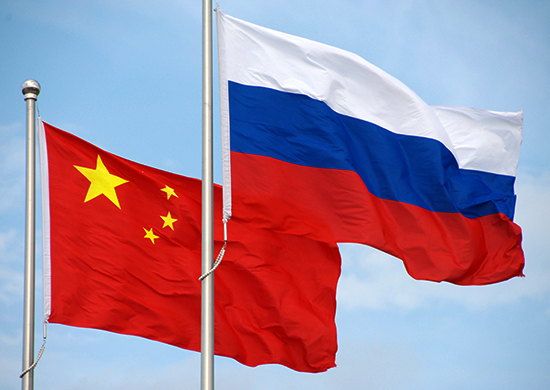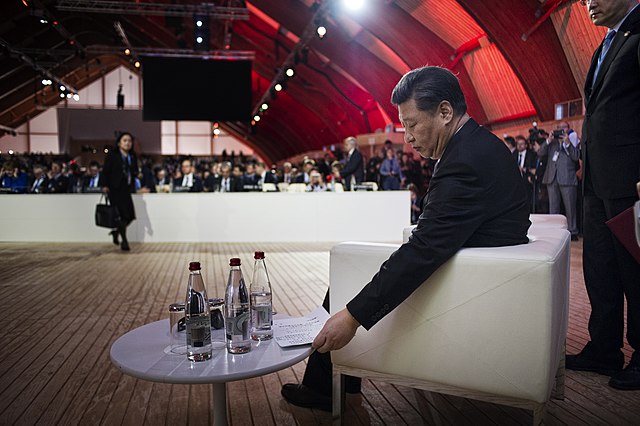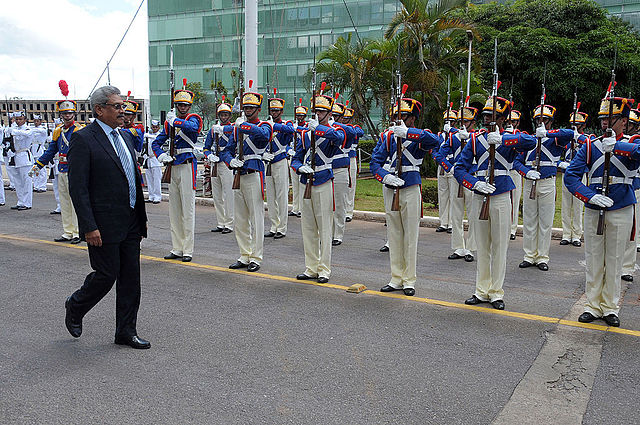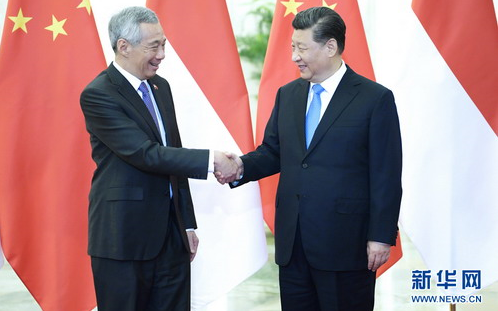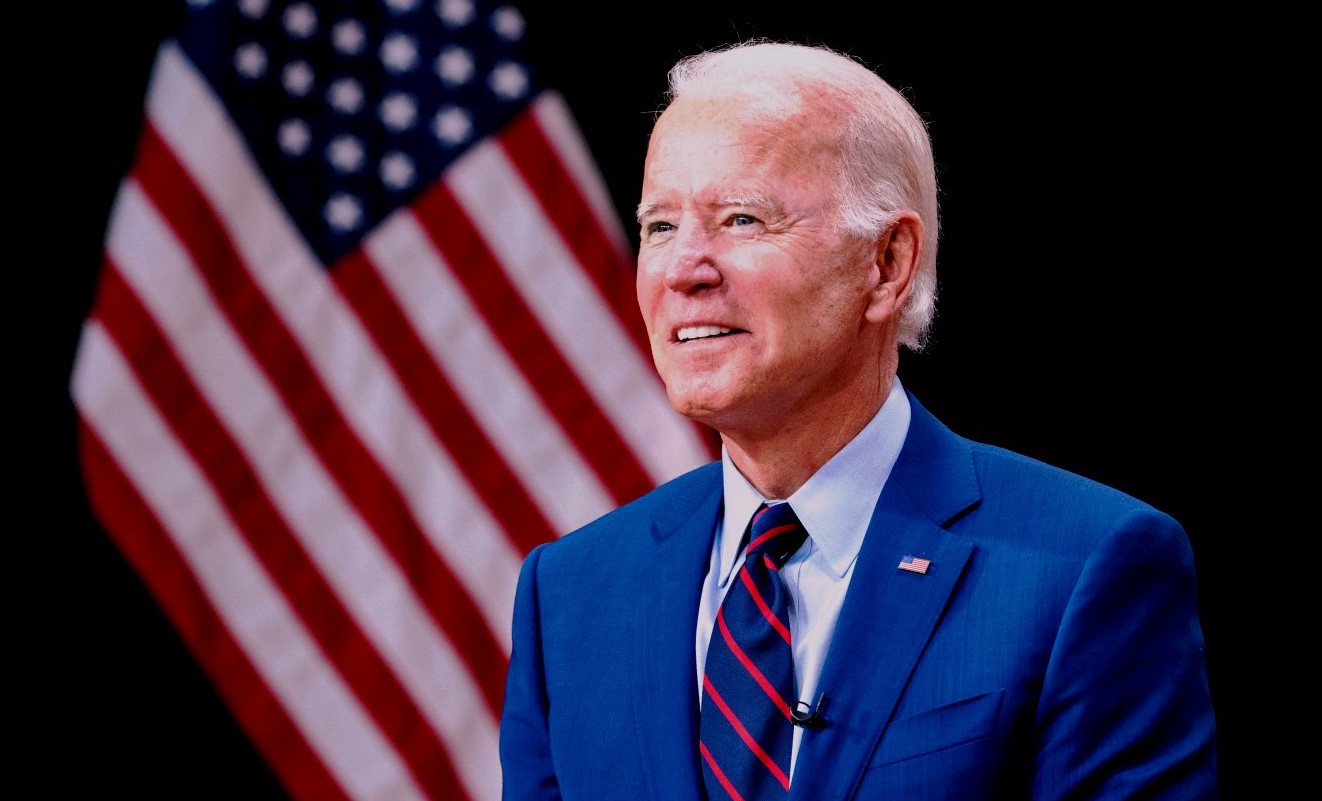The US-China Equation And the Implications For India
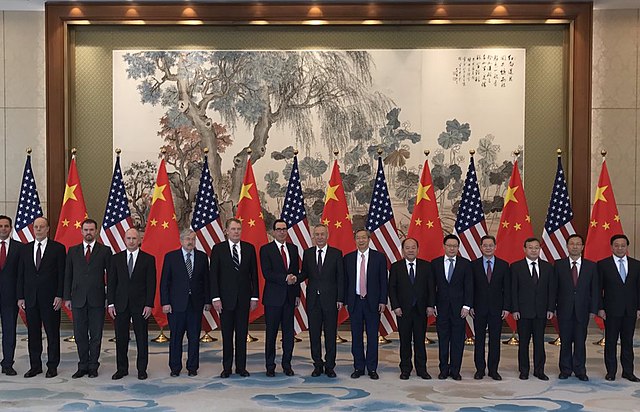
THE UNITED STATES AND CHINA SINCE JANUARY 2021
The United States of America and the Peoples’ Republic of China have the academic field, in particular, vigorously talking about their relative power and influence. The US and China are at the very apex of geopolitical competition premised on economic supremacy and military power projection. In the present circumstances, despite the ongoing COVID19 pandemic, the two countries are deeply involved in situations that will have a major impact on regional and global security.
In the United States, Donald Trump was replaced as the President of the United States by Joe Biden, officially in late January 2021. Calling out China strongly is now coupled with a concerted and coherent but firm and uncompromising conversation. This may or may not help America but it certainly indicates that the new administration will approach China with tact and prudence and pursue a patient policy-oriented approach towards achieving geopolitical goals. China-US interactions appear to increasingly convey the inert frustration of two obstinate powers who cannot be friends but can get along for certain purposes.
The meeting in Anchorage, Alaska in late March 2021 highlighted the scope and magnitude of the US-China divergence. Increasingly, the world is witness to how the choice of political systems and behavioural tendencies of nation-states result in impactful regional and global geopolitical rivalry that complicates world affairs. Washington and Beijing presently do not meet eye-to-eye on most pressing issues. The Chinese international relations veteran Shi Yinhong has termed the US-China relationship “Agonised Mutual Adaptation”, which sums up the above analysis aptly. It is apparent that the two top world powers cannot be mutually exclusive but are also rather limited in their pursuit of productive and meaningful inclusivity.
President Biden’s recent reference to the Armenian genocide might pave the way for unprecedented, spontaneous, and forthcoming talk on Chinese human rights matters as well. An administration led by an uncompromising leader who refuses to give in to regular Chinese denunciation of America will prove very encouraging for the Americans and the US-aligned world in the present circumstances.
THE ‘TWO BIG CATS’ COMPETITION AND IMPLICATIONS FOR INDIA
The jungle has been witness to a contest between the lion and the tiger and has found no clear winner. If the United States is the King (lion) of the jungle and China is the best placed challenger in the tiger, it remains rather difficult to determine who will prevail. More importantly and as is the case with the two big cats, it is difficult to precisely determine just what the constituents of victory are, and especially so in the current balance of the world’s hierarchy. China’s economy has recovered impressively since the pandemic surfaced while the US, despite remaining numero uno in the Gross Domestic Product (GDP) rankings, has been faced with anti-COVID obligations that have ushered in an economic rethink.
The implications for India are, frankly, odd. A clear oddity in the US-China geopolitical, geoeconomic, and geostrategic balance (or the lack of it) is that India stands to gain from the intensity of unprecedented competition between the two heavyweights. This serves as a motivational factor irrespective of what flavour the relations between India and the world’s two major headliners are. This is also an oddity as it is difficult to place New Delhi both within or beyond the US-China context when comparing its overall national prowess with Washington and Beijing.
Despite the India-China territorial impasse in the northern Indian territory of Ladakh, India and China are still routinely highlighted by the global media as two consequential powers that must first respect each other’s basic sovereign existence to prosper and progress, and take other countries along responsibly. The US and India are already known for mutually-beneficial historical cooperation since the turn of the world order from 1945 on.
CONCLUSION – A US-INDIA SURGE AHEAD
This Author has suggested that a US-India synonymy and synergy is all but inevitable owing to China’s rise as a unitary political, security, and economic threat to the world as a whole. The United States and India remain stubborn democratic powers that can be trusted and relied upon as far as the larger picture is concerned, and more so in regions that merit their greater involvement. Moreover, their traditional cooperation in areas such as bilateral trade and nuclear energy have added medical diplomacy to the mix. The US, for instance, has all but been a prompt responder to India’s tortuous and seemingly unending COVID crisis.
In case developments turn for the better, a peaceful world order devised on affability and coaction between leading nation-states in the Indo-Pacific will surely take concrete shape. While such a scenario may be nothing more than a fluff prediction, a better world can only take shape with, importantly, a better China.
Jay Maniyar is a Research Associate at the National Maritime Foundation, a maritime think tank endorsed by the Indian Navy and the Ministry of Defence of the Government of India. He is based in New Delhi. The views expressed in the published articles are proffered in a personal capacity, and do not reflect the views of his employers.

